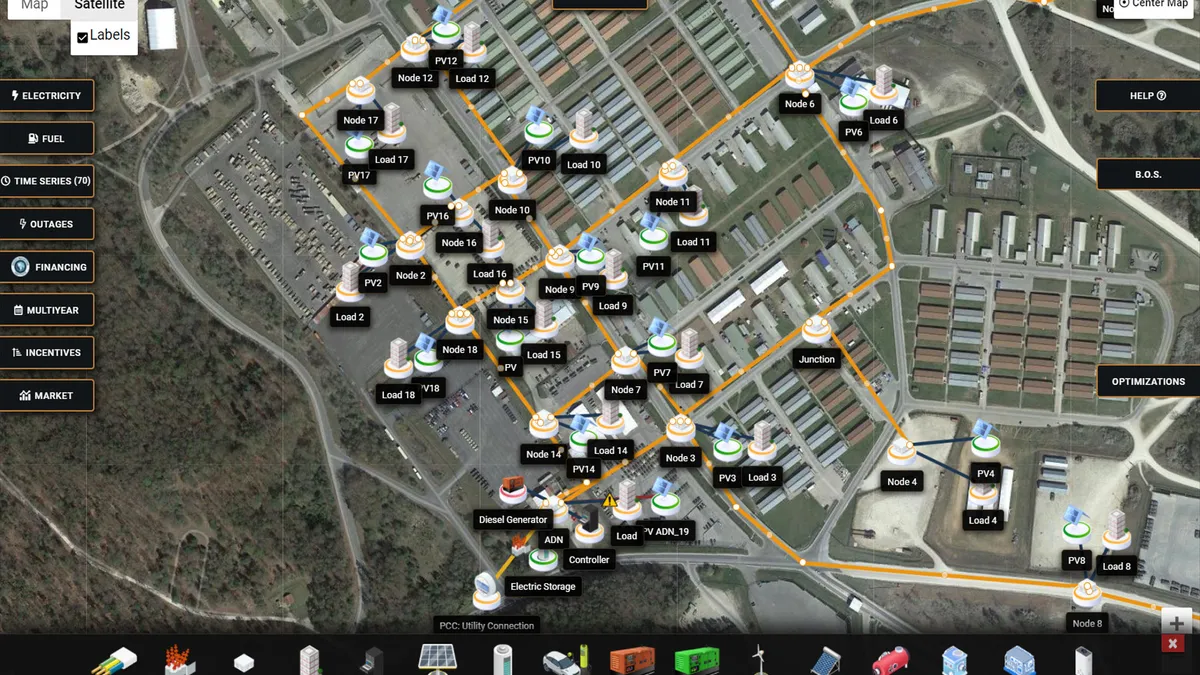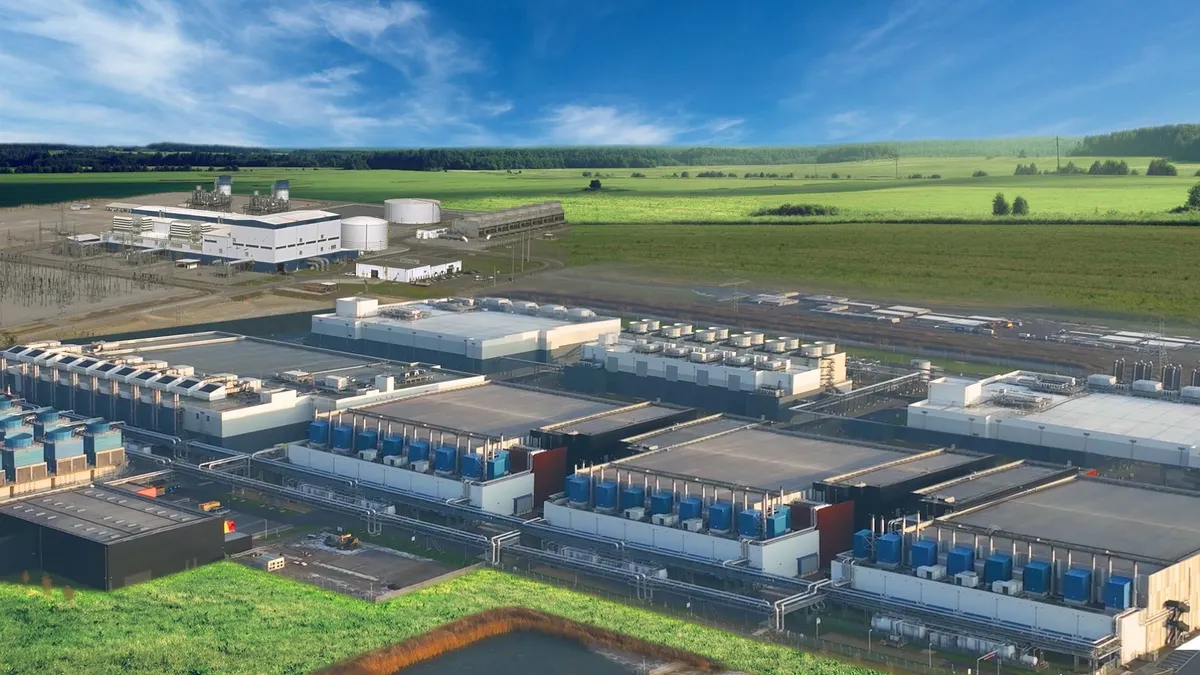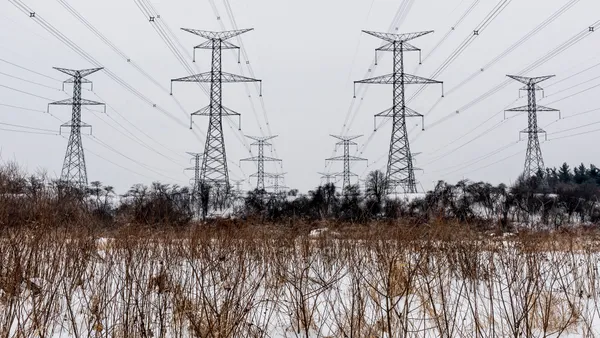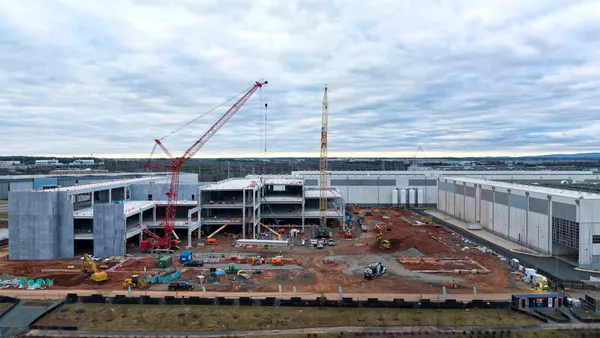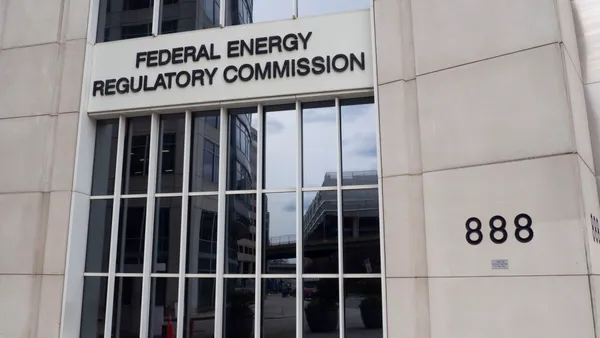As organizations and utilities seek new sustainable energy solutions to meet carbon reduction goals, microgrids and distributed energy resources (DERs) have emerged as a financially viable and resilient alternative to traditional generation assets and distribution.
Microgrids support system reliability, improve system efficiency, and help delay or avoid investment in new electric capacity, such as peaker plants, substations, transmission lines, energy storage or other infrastructure. Whether connected to the local distribution network system or completely independent and “islanded,” microgrids can transact from a single node to export excess electricity or import imbalances from the surrounding system. Microgrids can continuously power individual buildings, neighborhoods, military bases, or entire cities, even if the surrounding grid suffers an outage.
Unfortunately, while onsite energy production offers a wealth of benefits, it also requires much more planning, engineering and maintenance than a standard utility connection.
Distributed energy projects are made further complicated by the fact that microgrids must be designed to fit the dimensions of the building, the local weather conditions, and to meet the facility's specific needs—be it a small house or a massive research laboratory.
To help meet this engineering challenge, particularly in larger projects, Xendee has released a new update that enables users to create advanced, interconnected microgrid networks from a constellation of smaller microgrids or DERs. Such software with “multi-node” features can support most major technology types, including solar PV, battery storage, hydrogen, hydrokinetic and more.

Figure 1. Xendee’s multi-node designer utilizes a satellite map of the actual project location. This allows engineers to rapidly add technologies and to establish the actual location of loads and generation assets so Xendee can optimize sizing and placement while minimizing distribution losses.
Multi-node features enable the use of multiple connection points and utilize real-world location data of each point to optimize the final design and investment strategy. This allows for a more realistic model of communities or campuses and provides energy to be generated, used, and transferred most efficiently.
These networks can consider cable length, transformer requirements, power flow, and the losses due to distribution between the nodes. With multi-node, users can simultaneously satisfy energy and power demands for their systems, leverage best-fit architecture, and save time on the design and optimization process.
Multi-node allows each node to essentially act as its own microgrid, with its own connection to the broader energy system and the capabilities of connecting to up to 25 different types of renewable and traditional energy generation sources. The nodes can also be connected directly to building loads, for instance, a large industrial motor.
This allows the software to suggest different functionality methods at particular nodes to help meet high-load portions of the facility. Multi-node can also help users avoid under or oversizing distribution equipment and cut costs by placing energy technologies as close as possible to where it will be consumed. Proximity reduces the costs and efforts needed for transportation and storage.

Figure 2. Xendee’s integrated one-line diagram allows users to study the power flow between nodes, verify loads can be met under peak conditions, and test the system under adverse conditions such as a power outage.
Xendee’s multi-node interface can also be equipped with an additional feature that layers power flow and voltage considerations within a model. With power flow included, models can calculate the optimal energy outputs and investment while also considering power constraints on cables or other electrical equipment. The multi-node feature also provides reporting based on each node’s dispatch, power flow, voltage, network losses, and a system balance table.
This can be used for modeling microgrids within extensive facilities, comparing rooftop and cable-fed field installations, and examining energy input and output demands based on geographic locations.
To learn more about how software solutions like Xendee can help your organization integrate more distributed energy technologies, join us for a live webinar hosted by our co-founder and CTO, Michael Stadler. This webinar will feature an overview of Xendee and an actual design session where Michael will work through a microgrid design and optimization within Xendee. Attendees will also receive a free trial of Xendee.

